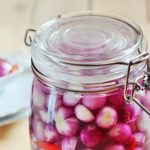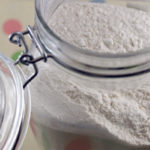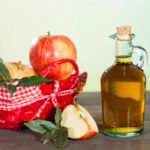Pickled cabbage is an essential dish in the winter. Pickled cabbage is crispy and delicious. Many people would be surprised to think that using boiling salt water would make the cabbage soft and mushy. But that is a trick that many people successfully apply.
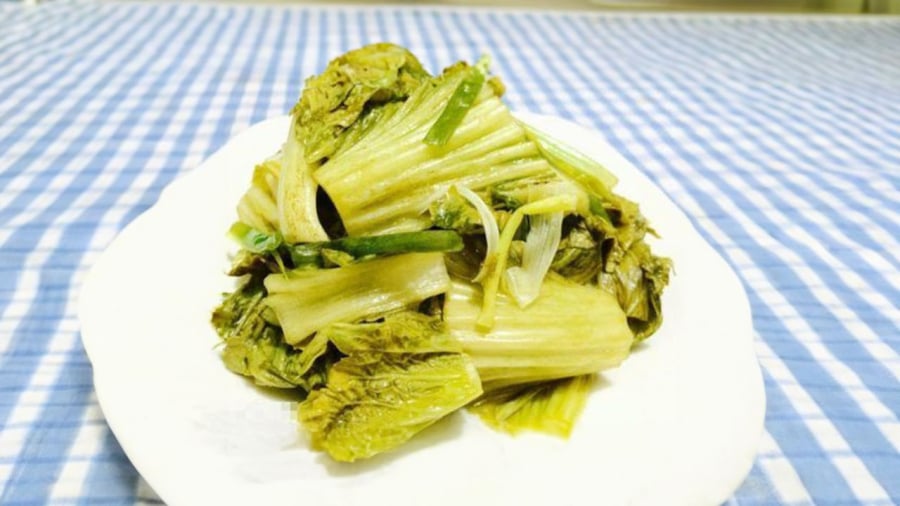
Prepare ingredients
1 kg cabbage
1 handful of onion leaves
4 – 5 dried onions, chili peppers (optional depending on whether you like it spicy or not)
Seasoning: salt, sugar, can use sugar or not depending on your preference for faster fermentation
Jar or porcelain, glass washed in boiling water and dried.
Step 1: preparation
Separate the cabbage leaves, remove any withered, rotten, or old leaves. Hang the leaves to dry or if there is no sunlight, leave them on a tray in front of a fan to remove excess water from the cabbage. Drying the cabbage leaves helps make them crispier.
Remove the old leaves from the onion, wash and cut off the roots (after washing the roots, you can put them in the pickling salt because onion roots are very fragrant).
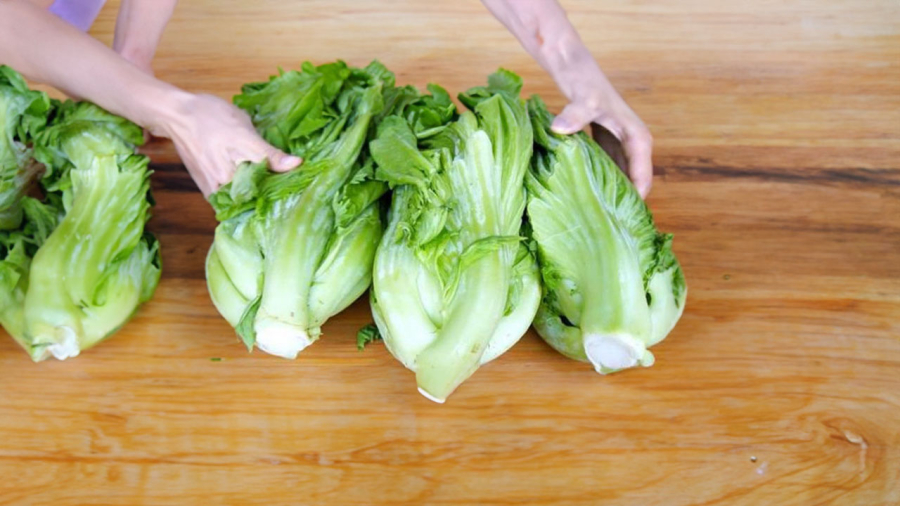
Step 2: Pickling the cabbage
After drying, rinse each cabbage leaf under running water to clean it. Then cut it into 3-5cm long pieces, or leave it as a whole leaf depending on your preference. After cutting, rinse again to remove any sticky residue on the cabbage. If you are careful, you can soak or rinse with salt water to cool, which will help reduce the chances of the cabbage floating.
Cut the onion leaves into pieces, slice the chili peppers, slice the onion bulbs.
Bring a pot of water to a boil with salt and sugar. For 1 liter of water, use about 3 tablespoons of salt. Stir until it boils and dissolves.
Mix the cabbage with the onion and chili evenly, then place them in jars or containers. When the boiling water is ready, pour it into the cabbage jar and use a spoon to mix the cabbage in the water.
Then use a weight to press the cabbage down so that it is submerged in the water. Place the cabbage jar in a cool place. If it’s winter, pour boiling water directly into the cabbage; in hot summer, let the water cool down to about 80 degrees before pouring it in.
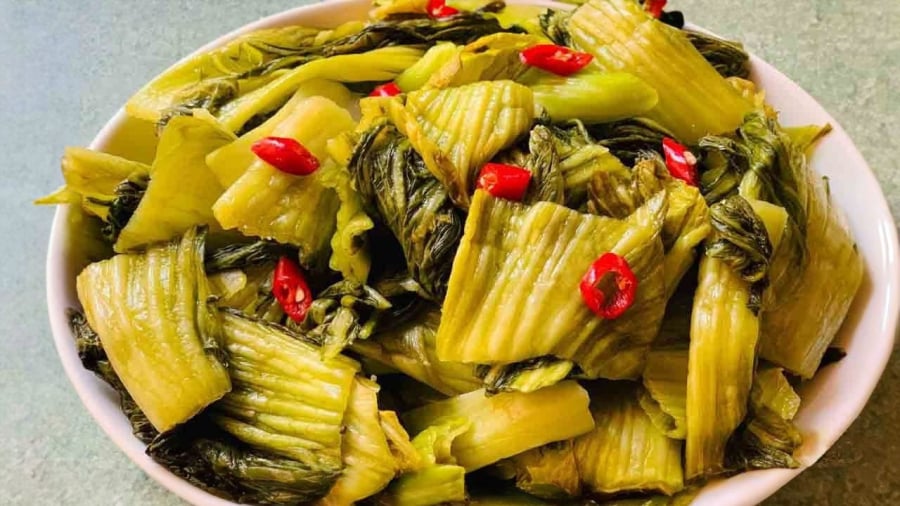
After 2-3 days, the cabbage will ferment and become crispy and golden. The method of pickling cabbage with boiling salt water may surprise many people, but it is a trick that many people apply. Especially, pickled lotus cabbage and cassava leaves are very suitable for pickling with boiling salt water. The heat of the boiling water helps the cabbage ferment faster, especially during the cold winter days in the North.
After pickling, the cabbage can be served with fish sauce, boiled meat, or stir-fried meat. The cabbage can also be stir-fried with pig intestines, stir-fried with meat, or cooked with fish in soup.
To keep the cabbage crispy, pay attention to drying the cabbage before pickling. Depending on your taste, you can make it saltier or less salty than the above recipe.
Selecting the Ideal Onions for Crispy Pickle Making During Tet
If you want to make a delicious salted onion dish, it is essential to choose the right onions. Knowing the secrets of selecting the best onions is the key to a successful dish.


























